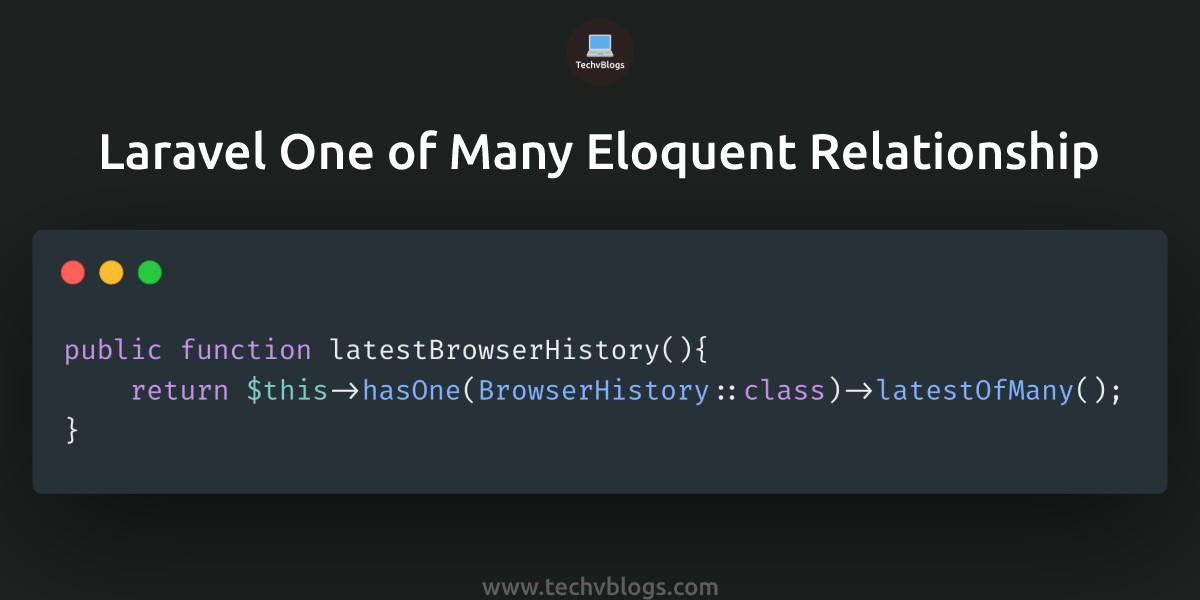
We will check if a user has an invite when creating the account and tag the referrer. To explore how observers work, let’s write an observer class for a make-believe User model.

Each of these methods receives the model as their only argument. Observers classes have method names which reflect the Eloquent events you wish to listen for. To track and react to events, you can use an observer class for the model you want to capture events on.
#LARAVEL ELOQUENT DELETE RELATED MODELS CODE#
Every time each event occurs, you can execute code or perform an action. The events are: retrieved, creating, created, updating, updated, saving, saved, deleting, deleted, restoring, and restored. Laravel Eloquent eventsĮloquent models fire several events which allow you to hook into different parts of a model’s lifecycle. You can learn more about collections here and see more useful methods for your application. ? Collection is easily one of the most robust features of Laravel and you should look into it. This will filter out all the orders that were not done on that particular day. To ensure that when you return the tracking codes to your users it follows the same pattern, you can define an accessor for accessing these codes like this: But that would make your database break the normalization code. You may create a string field and prepend your company initials to all generated codes before storing them. For example, your app issues tracking codes for orders that all have the prefix – ‘ Acme_’. Using collection with Eloquent results.Īccessors allow you to format a value retrieved from the database in a certain way.We will be exploring a few of them in this article like: Updating an Eloquent model instance updates the database record it is mapped to, and deleting it also deletes the record.Įloquent also provides a lot of features for working with your database records.

It also provides methods for establishing relationships with other models and enables you to access these models through that relationship. This makes every instance of the Eloquent model representation of a row on the associated table.Įloquent provides accessor methods and properties corresponding to each table cell on the row. Each Eloquent model creates a wrapper around the database table associated with it. The Eloquent ORM included with Laravel provides a beautiful, simple ActiveRecord implementation (closely resembling that of Ruby on Rails) for working with your database. You can find Pusher’s Laravel tutorials here.

A sample working Laravel project to play with is optional but recommended.Be familiar with Eloquent and its syntax.Have basic to intermediate knowledge of the Laravel framework.To follow along in this tutorial you must: It has service providers that allow you to load custom configurations and extend Laravel’s capabilities to suit your needs. It is designed to provide methods for handling the basics your application will need to run – database interaction, routing, sessions, caching and more.

Laravel makes building PHP applications a breeze. We will throw some light on some less used features of Laravel Eloquent and how it can make your development process even easier. In this tutorial, we are going to dig deep into the ORM (object-relational mapper) Laravel uses Eloquent.


 0 kommentar(er)
0 kommentar(er)
